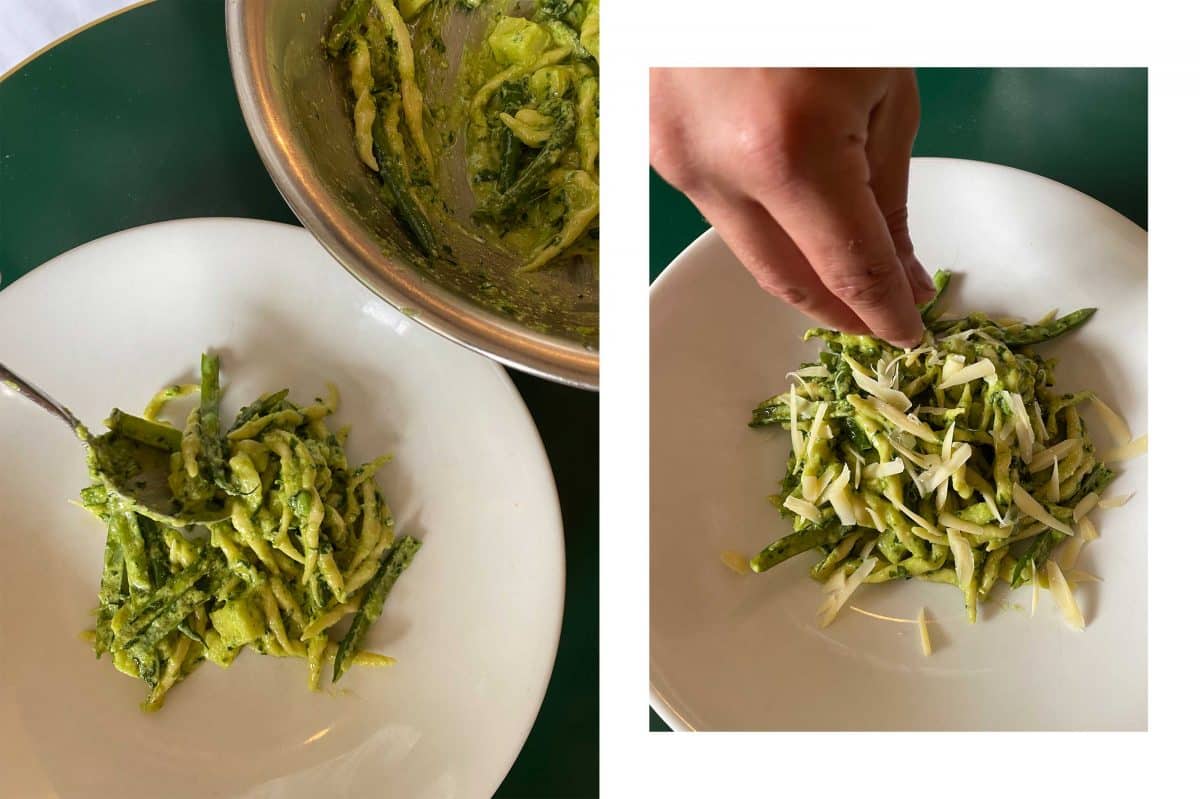
Did you know that 57 Australians are diagnosed with breast cancer every single day? It's Australia's second most common cancer.
While the prevalence of breast cancer is increasing, there is good news. Unlike ovarian cancer, more and more people are surviving and recovering from breast cancer. Years and years of research and treatment developments have made this possible.
But of course, one of the biggest determining factors in cancer survival is the stage of diagnosis. Early detection is always the best strategy. And so, in honour of Breast Cancer Awareness month this October, we're sharing a self-examination guide courtesy of Breast Cancer Trials.
How to self check for breast cancer
- Look at your breasts and feel each breast and armpit up to your collarbone with your arm raised. You may find it easiest to do this in the shower or bath, by running a soapy hand over each breast and up under each armpit.
- Using your fingerpads, move up and down the whole breast and armpit area and then move in a circular motion around the whole breast and armpit.
- You can also examine your breasts in the mirror. Look with your arms by your side and also with them raised. You’re looking for any lumps or skin dimpling, changes in skin colour or texture, nipple deformation, a change in the nipple colour or any fluid leaks.
Remember, that there are other signs and potential symptoms of breast cancer than just lumps. You also should watch out for things like pain in the armpit, tenderness in the breast, changes in size or shape, changes to the nipple, clear or bloody discharge and unusual changes to the skin on the breast.
Not all changes mean breast cancer, but it is always a good idea to speak to your doctor if you see anything that concerns you. Especially since early stage breast cancers can have mild to no symptoms at all. In these cases, regular screenings can be lifesaving.
It is recommended that people with female anatomy aged 50-74 without breast cancer symptoms should have a screening mammograms every two years, according to BreastScreen Australia. And of course, people with breast symptoms or unusual changes should have these checked regularly by their doctors.



